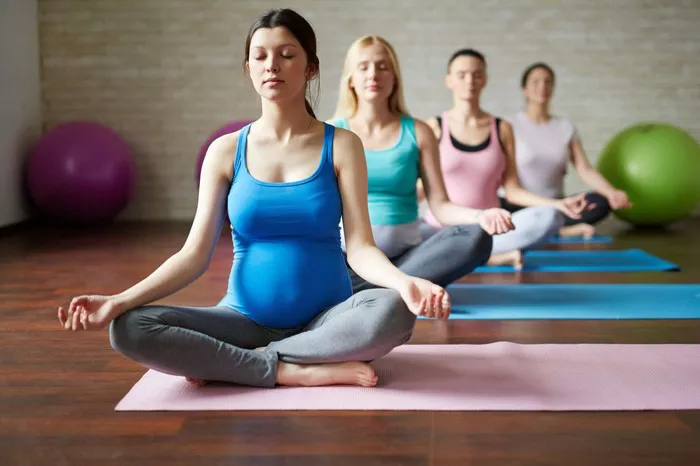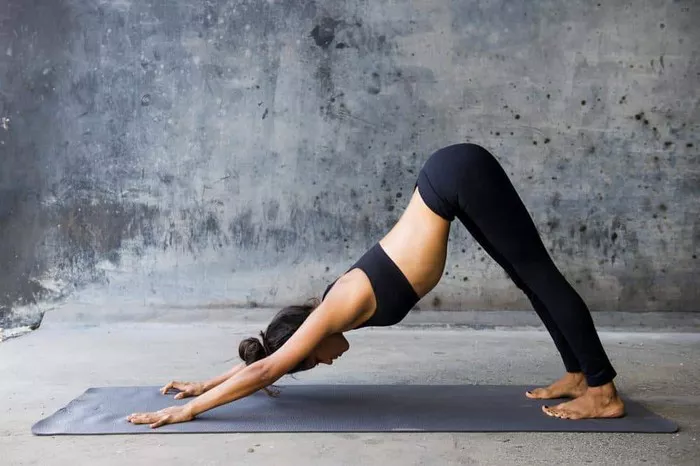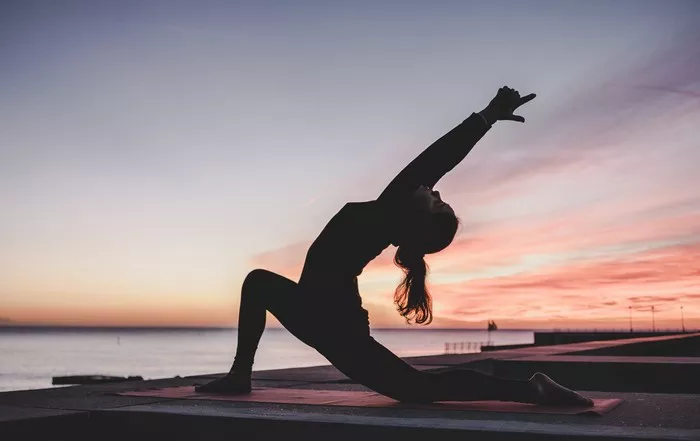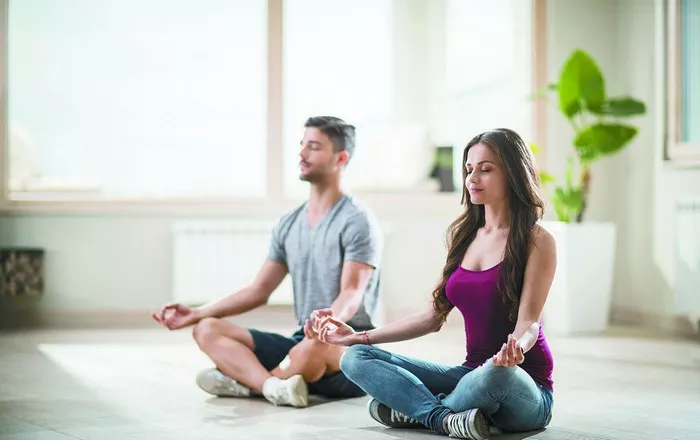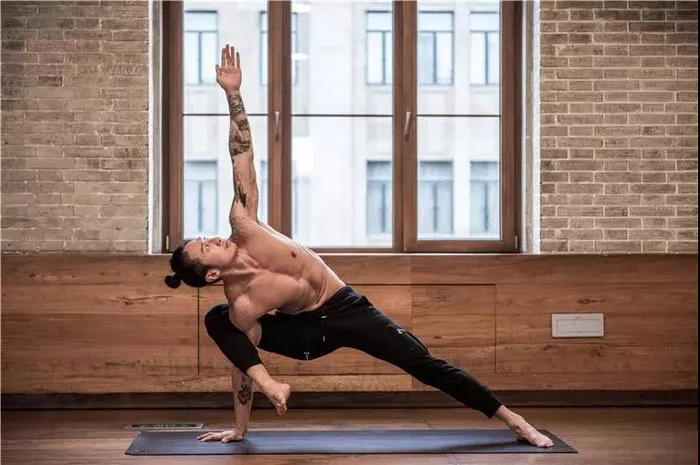Ashtanga Yoga has long been a subject of intrigue and debate within the yoga community, particularly when it comes to the question of its level of difficulty. Many wonder whether Ashtanga Yoga is truly an advanced practice. To answer this question comprehensively, one must delve into various aspects of the practice, from its philosophical underpinnings to the physical demands of its sequences.
The Philosophical Depth: A Foundation of Advanced Concepts
The Eight – Limbed Path
At the core of Ashtanga Yoga lies the eight – limbed path, as outlined by Patanjali in the Yoga Sutras. This path encompasses Yama (ethical disciplines), Niyama (self – observances), Asana (postures), Pranayama (breathing techniques), Pratyahara (withdrawal of the senses), Dharana (concentration), Dhyana (meditation), and Samadhi (blissful absorption). Mastering these eight limbs requires a deep understanding and integration of ethical, mental, and spiritual principles.
For instance, the practice of Yama and Niyama demands a high level of self – awareness and self – discipline in daily life, far beyond the physical mat. The advanced nature of Ashtanga Yoga is evident in its emphasis on not just physical postures but also on cultivating a holistic way of living in accordance with these philosophical concepts.
Spiritual Aspirations
Ashtanga Yoga is not merely a physical exercise but a spiritual journey. It aims to lead practitioners towards self – realization and union with the divine. The pursuit of such lofty spiritual goals requires an advanced level of mental and emotional maturity. Practitioners are expected to engage in self – inquiry, introspection, and the development of a one – pointed mind. This spiritual dimension elevates Ashtanga Yoga beyond a basic physical practice, making it a path suitable for those who are ready to embark on a profound inner exploration.
The Physical Sequences: Demanding and Structured
The Primary Series: A Stepping Stone to Advancement
The Primary Series of Ashtanga Yoga, while often considered an entry point, is far from basic. It consists of a series of challenging postures that build strength, flexibility, and endurance. The sequence includes sun salutations, standing postures, seated forward bends, twists, and inversions. Each posture requires precise alignment, coordinated breathing, and the ability to hold the pose for a certain duration.
For example, postures like Chaturanga Dandasana demand significant upper body strength, while Paschimottanasana requires flexibility in the hamstrings and spine. The Primary Series serves as a foundation for more advanced practices, but its complexity and the physical discipline it demands already place it at a higher level compared to many other basic yoga routines.
Intermediate and Advanced Series: Pushing the Limits
Moving beyond the Primary Series, the Intermediate and Advanced Series of Ashtanga Yoga are undeniably advanced. The Intermediate Series focuses on purifying the subtle energy channels in the body and introduces more complex postures such as deep backbends, intricate arm balances, and advanced twists. As practitioners progress to the four levels of the Advanced Series, the postures become extremely challenging, requiring exceptional strength, flexibility, and balance.
Postures in the Advanced Series often involve extreme contortions and require a high degree of physical control and precision. For instance, some of the advanced arm balances and inversions demand not only physical prowess but also a strong mental focus to execute safely and effectively.
Breath and Movement Synchronization: A Sophisticated Skill
Ujjayi Breath
Central to Ashtanga Yoga is the practice of Ujjayi breath, a deep, rhythmic breathing technique. In Ujjayi breath, the breath is audible as it passes through the constricted back of the throat, filling the lungs fully with each inhalation and exhalation. Synchronizing this breath with the movement of each posture is a skill that requires time and practice to master. It is not just about breathing; it is about using the breath to create a flow, to warm the body, and to calm the mind. The ability to maintain a consistent and focused Ujjayi breath throughout the entire sequence, especially in more challenging postures, indicates a high level of proficiency and control, characteristic of an advanced practice.
Vinyasa Flow
The vinyasa system in Ashtanga Yoga, which links specific movements with the breath, adds another layer of complexity. Each posture is connected to the next through a set of vinyasas, typically involving transitions like moving from a standing position to Chaturanga Dandasana, Upward – Facing Dog, and Downward – Facing Dog. Coordinating these movements precisely with the breath requires strength, flexibility, and a keen sense of rhythm. The vinyasa flow is not only physically demanding but also mentally challenging, as practitioners must stay focused on the sequence and the breath simultaneously. This intricate synchronization of breath and movement is a hallmark of advanced Ashtanga Yoga practice.
Mental Discipline and Focus: A Requirement for Progression
Concentration and Meditation
Ashtanga Yoga places a strong emphasis on concentration and meditation. During the practice, practitioners are required to focus their minds on the present moment, on the sensations in their bodies, and on the breath. This level of mental focus is not easy to achieve, especially in the face of challenging postures or distractions. The ability to maintain concentration throughout the practice, without the mind wandering, is a sign of advanced mental discipline. Moreover, the practice of Ashtanga Yoga is often seen as a moving meditation, where the physical postures and breath work together to calm the mind and lead to a deeper state of meditation. This integration of physical movement and mental focus is a characteristic of an advanced yoga practice.
Overcoming Mental Obstacles
In addition to concentration, Ashtanga Yoga also helps practitioners overcome mental obstacles such as fear, self – doubt, and impatience. The challenging nature of the postures and the discipline required in the practice force practitioners to confront these inner demons. For example, attempting an inversion or an arm balance can trigger fear, but with regular practice, practitioners learn to overcome this fear and develop confidence. The process of facing and overcoming these mental challenges is an integral part of the advanced nature of Ashtanga Yoga, as it leads to greater self – awareness and mental resilience.
The Traditional Approach: Rigorous and Demanding
Guru – Disciple Relationship
In the traditional Ashtanga Yoga lineage, the guru – disciple relationship is highly valued. Students are expected to learn directly from an experienced teacher, who guides them through the practice, corrects their postures, and imparts the wisdom of the tradition. This one – on – one guidance requires a high level of commitment from the student, as they must be willing to follow the teacher’s instructions closely and put in the necessary time and effort to progress. The traditional approach also emphasizes the importance of respect for the teacher and the lineage, which adds another layer of discipline to the practice.
Daily Practice Requirement
Ashtanga Yoga traditionally encourages a daily practice. Regular, consistent practice is essential for progress in this discipline. Practicing every day allows the body and mind to adapt to the demands of the practice, build strength and flexibility over time, and develop the necessary mental focus. This daily commitment is not easy to maintain, especially for those with busy lifestyles. The dedication and self – discipline required to practice Ashtanga Yoga daily further contribute to its classification as an advanced practice.
Conclusion
Ashtanga Yoga is indeed an advanced practice, characterized by its deep philosophical roots, physically demanding sequences, complex breath – movement synchronization, high mental discipline requirements, and traditional approach. While the Primary Series can serve as an entry point, the practice as a whole challenges practitioners on multiple levels – physically, mentally, and spiritually. It is not a practice for the faint – hearted but rather for those who are ready to embark on a dedicated journey of self – improvement and spiritual growth.


